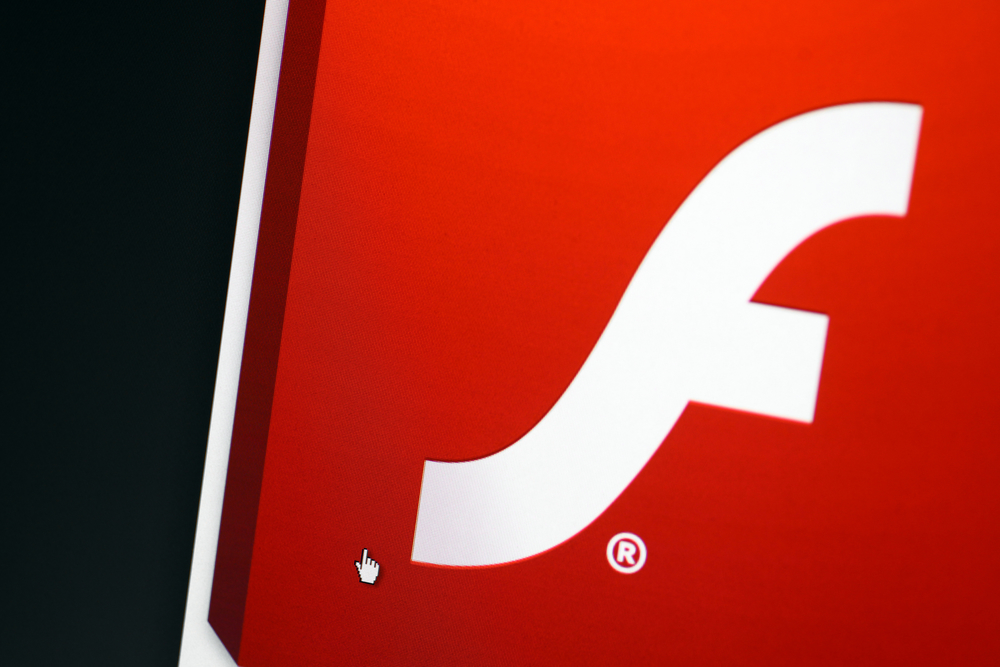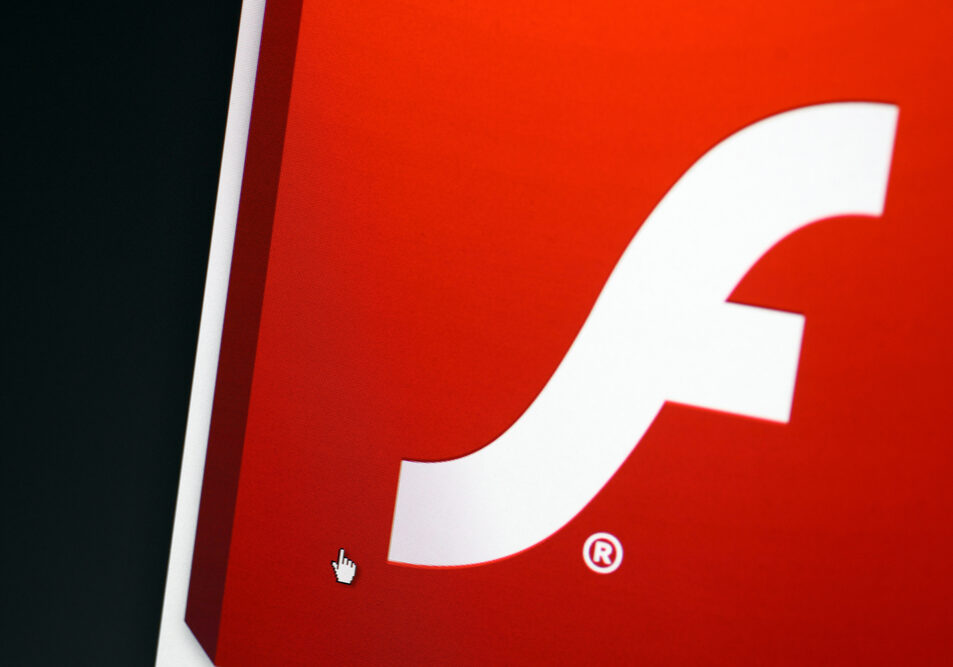

For decades, Adobe Flash has been a cornerstone of the web, with the player plug-in doing everything from helping you watch videos to playing computer games. But Flash is on its way out as a technology. Adobe made the decision to phase out the software by the end of 2020. Some browsers are already making the transition, leaving Flash behind in favor of migration to open web technologies.
Why Adobe Flash Is No Longer Working
Hopefully you won’t notice much difference, as browsers try to seamlessly migrate without disrupting your user experience. However, there are some hiccups. For example, at Virteom, we have had to make alterations to some modules (or plug-ins) that we use in our content management system (CMS); they no longer work because Chrome and Firefox are no longer supporting Flash.
How Are Browsers Transitioning Away From Flash?
Browsers have always been the primary delivery mechanism for Flash-enabled content, but today, popular browsers are definitely migrating away from Flash. Over the last several years, Flash has declined in use. Just three years ago, the majority of Chrome users visited Flash-enabled sites daily, but today, fewer than 20 percent do.
Instead, browsers are using the much faster and efficient open web technologies. These open technologies are also more secure for a safer online shopping or financial transaction experience, and they’re also better suited for both desktop and mobile applications.
The Plan for Flash
Tremendous industry collaboration among Adobe (the creator of Flash), browser developers and major web publishers has taken place for the last few years to make sure that the transition from Flash goes smoothly. It all began back in 2011, when Adobe first announced that it would not update Flash for mobile devices. The company will stop updates and distribution of the product in 2020. Adobe is giving such a long lead time so that everyone in the industry will have time to completely transition to the open technologies like HTML5 and WebGL.
Basically, Flash used to just run behind the scenes as a browser plug-in. Now, browsers like Chrome and web sites are starting to ask your permission to run Flash. Eventually, Flash will just be disabled by default and Chrome, among others, will completely remove Flash by the end of 2020.
Adobe Flash and Microsoft Edge / Internet Explorer
Microsoft has a four-step phase out plan for Flash. Edge is asking permission to run Flash for most sites, and in 2019, both Edge and Internet Explorer will have disabled Flash as the default setting; users will have to manually enable Flash site by site as needed. By 2020, Flash will not be allowed to run in either browser.
Google Chrome and Flash
Google’s approach is similar to Microsoft. Chrome already has a “Flash off” default and limits Flash use to 10 particular websites, like Amazon and Facebook.
Firefox and Flash
Firefox users now get to choose which websites to allow Flash for, and the browser remembers those Flash settings. With new Firefox releases, the browser will no longer store the Flash settings. In 2019, Mozilla will begin disabling Flash by default.
Safari and Flash
Finally, Apple has almost completely ridded Safari of Flash. The company has an easier transition since Flash was never allowed on the iOS to begin with.
If you’re experiencing any issues with your Virteom Powered website, please reach out to our help desk.








